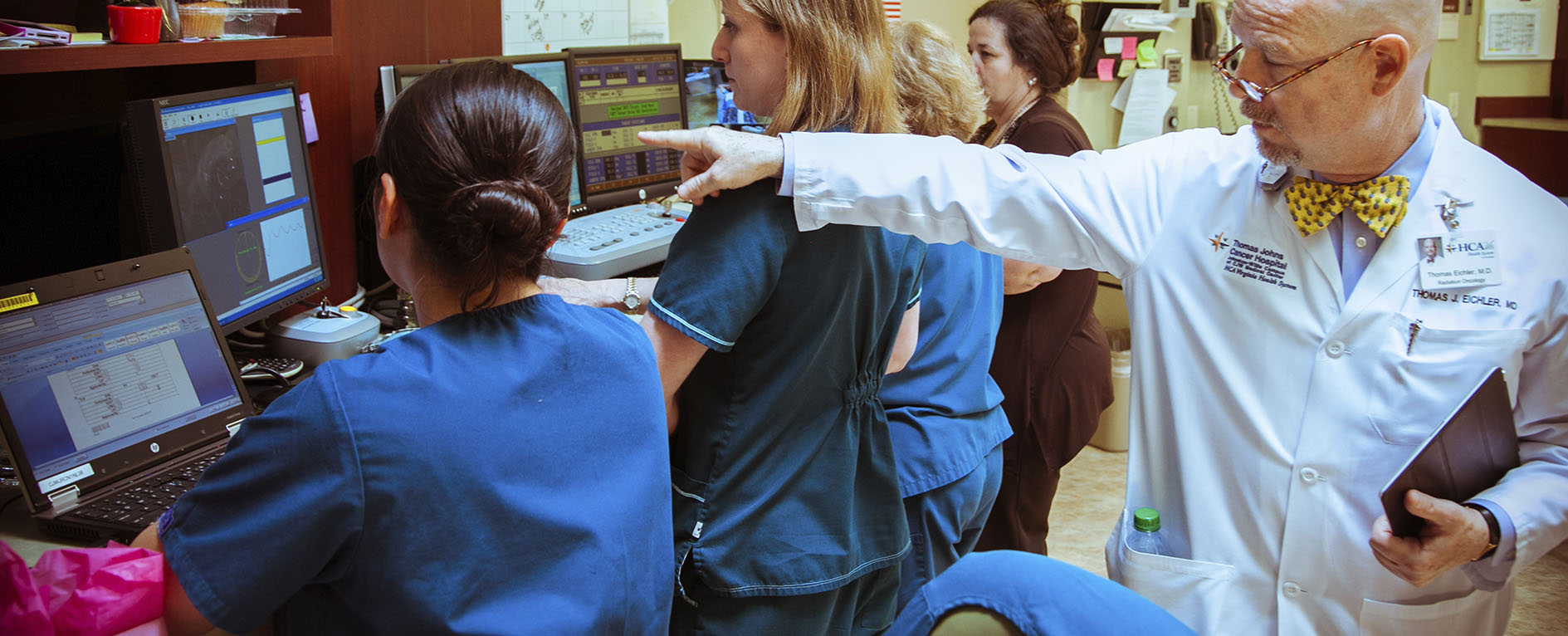
Brachytherapy involves treating the cancer by inserting radioactive sources directly into the prostate.
- Permanent seed, or low-dose-rate (LDR) brachytherapy, consists of inserting small metal “seeds” directly into the prostate gland. This treatment is done as an outpatient procedure and requires anesthesia. The seeds are temporarily radioactive and deliver the radiation to the prostate over several months. After losing their radioactivity, the seeds remain in the prostate. The seeds are then harmless and should not bother you.
For the short time that the seeds are giving off larger amounts of radiation, men should avoid being in close proximity to children or pregnant women. Ask your radiation oncologist or oncology nurse for instructions about radiation safety and exposure for family members or pets.
- Temporary, or high-dose-rate (HDR) brachytherapy, delivers radiation to the prostate with a few treatments using a single small radioactive source traveling through each of the narrow tubes called catheters. These narrow tubes are inserted into the prostate by your radiation oncologist. You will be under anesthesia and will not feel any pain. The tubes remain in place for one to two days only.
Once the treatment is complete, the tubes are taken out. HDR brachytherapy is temporary and there is no radioactivity left in your body. You will not need to take special precautions around others after treatment. Often multiple treatments are planned to give an effective dose to treat the cancer.
Brachytherapy may be used to treat prostate cancer alone or may be combined with external beam radiation therapy and hormonal therapy. Ask your doctor whether LDR or HDR is a reasonable treatment option for you.






